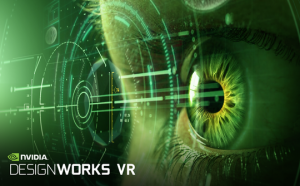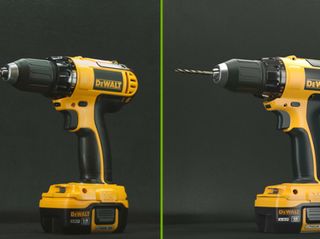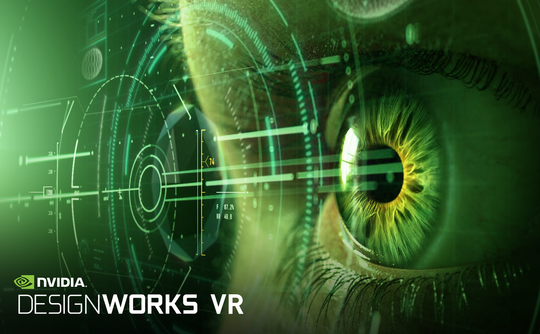A combination of existing tools and new technologies, DesignWorks extends the potential reach of physically based rendering.
 Nvidia DesignWorks is a new set of software tools, libraries and technologies for design software developers. It gives application developers a way to take advantage of Nvidia’s work in both physically based rendering (PBR) and physically based materials to allow photo-real interactive design.
Nvidia DesignWorks is a new set of software tools, libraries and technologies for design software developers. It gives application developers a way to take advantage of Nvidia’s work in both physically based rendering (PBR) and physically based materials to allow photo-real interactive design.
Some of the pieces in DesignWorks are from existing technology, some is new. DesignWorks as an integrated set was introduced last week at Siggraph. The pieces include:
- Nvidia Iray SDK: a calibrated, physically based rendering and light simulation framework, which includes new algorithms to cut the time to visualize design changes
- Nvidia Material Definition Language (MDL): a technology to create and share digital models of real-world materials between applications. MDL will also be available soon as a software development kit, providing a simple way for developers to access the growing MDL ecosystem.
- Nvidia vMaterials: a collection of calibrated and verified materials for use in MDL-based applications
- Nvidia OptiX: a framework for building ray tracing applications. OptiX now includes support for the Nvidia Visual Computing Appliance: providing scalable performance from laptops to data centers.
- DesignWorks VR: a suite of tools for incorporating virtual reality into design software.

Physically based rendering is not new; it has been used for movies and games where the requirement is for a scene or model to look good, but where accuracy is less important than achieving the desired look. That’s one end of the design spectrum. On the other end is architecture and product development, where physically correct visual data is crucial. Architects and industrial designers need applications that let them see and interact with accurate visualizations of the product.
Quite a few important 3D design tools on the market today already incorporate some of the technologies included in DesignWorks, including including Dassault Systèmes Catia, Autodesk VRED, Allegorithmic Substance Designer, Chaos V-Ray and Nvidia’s own Mental Ray MDL.






